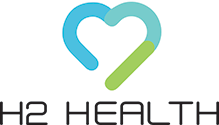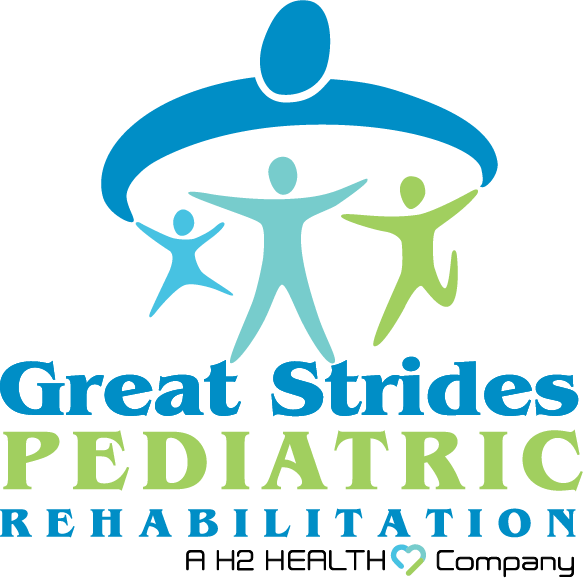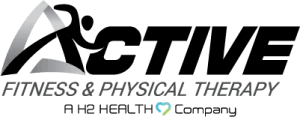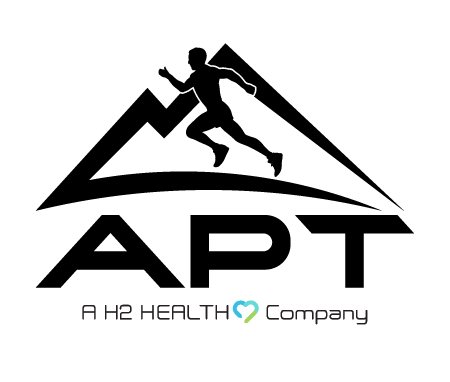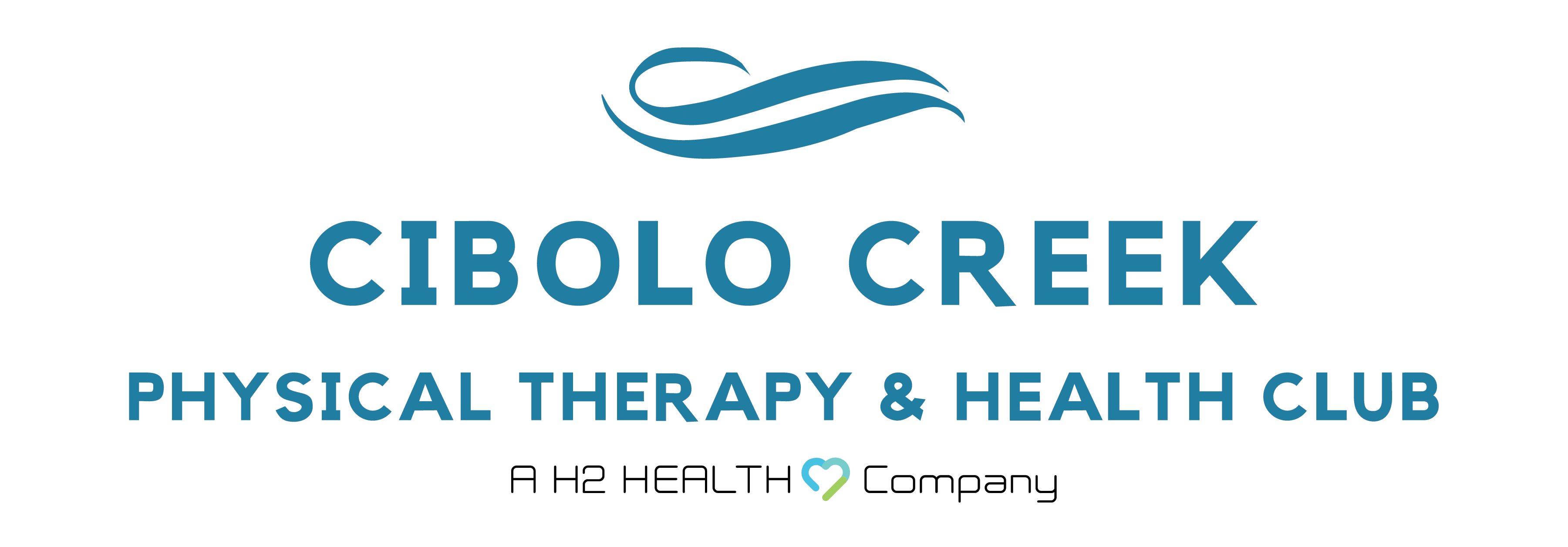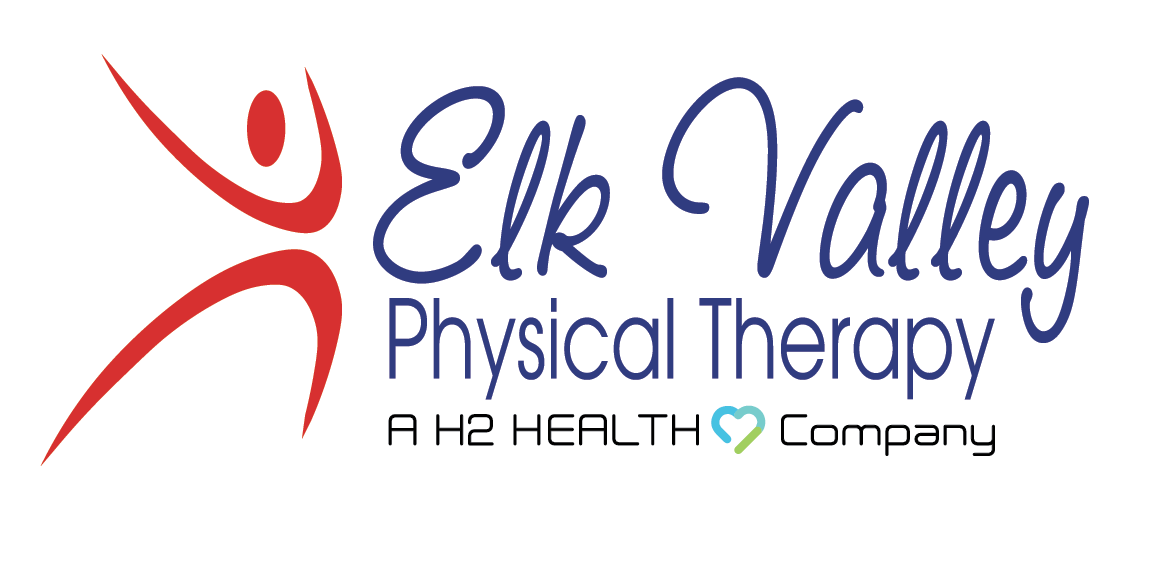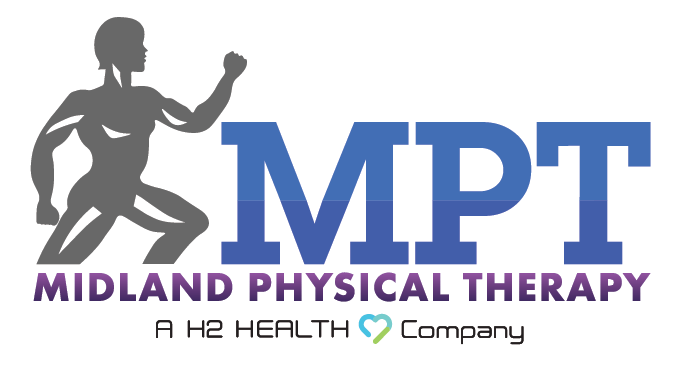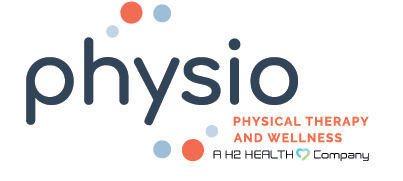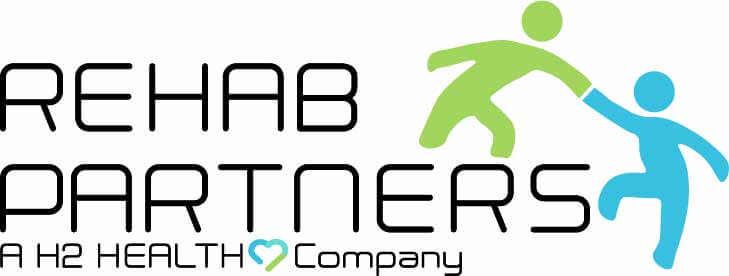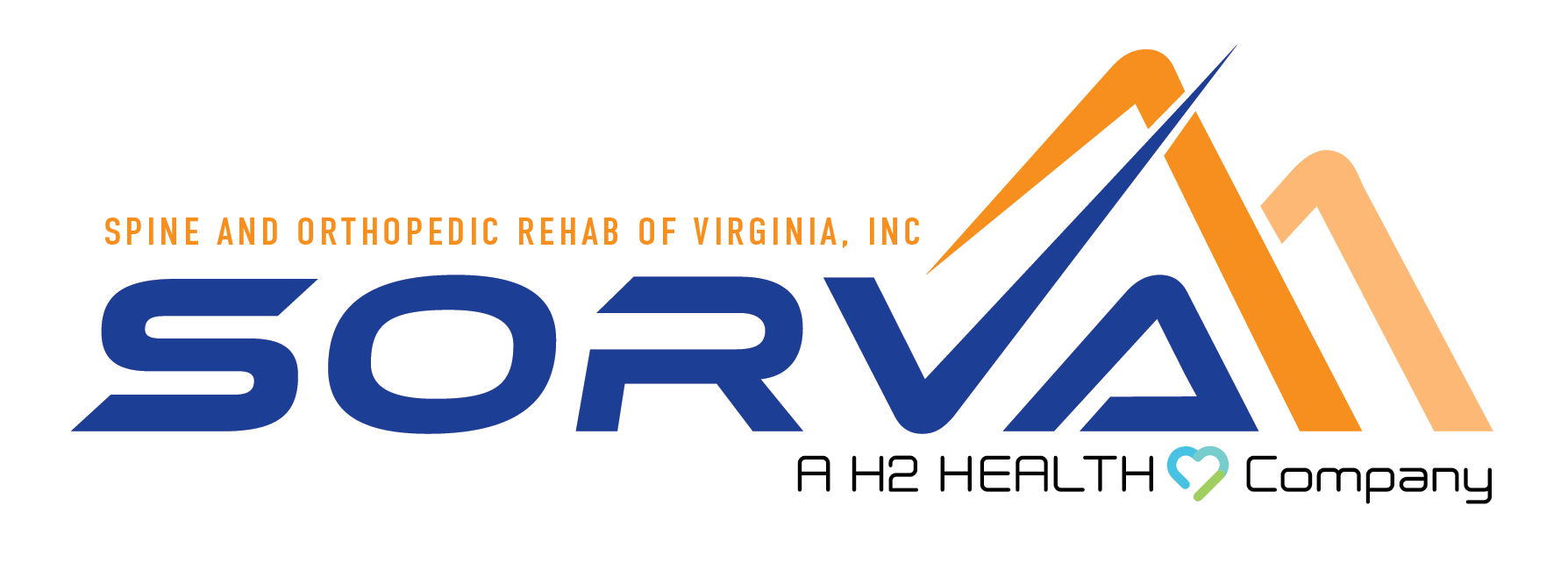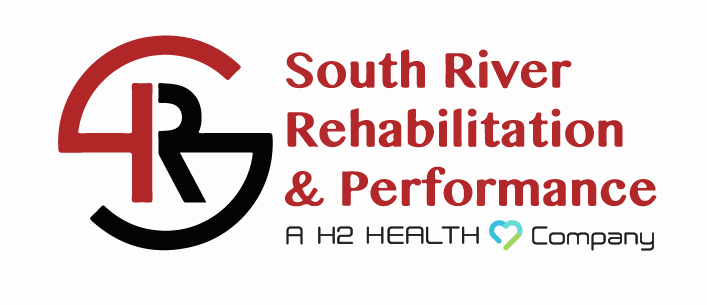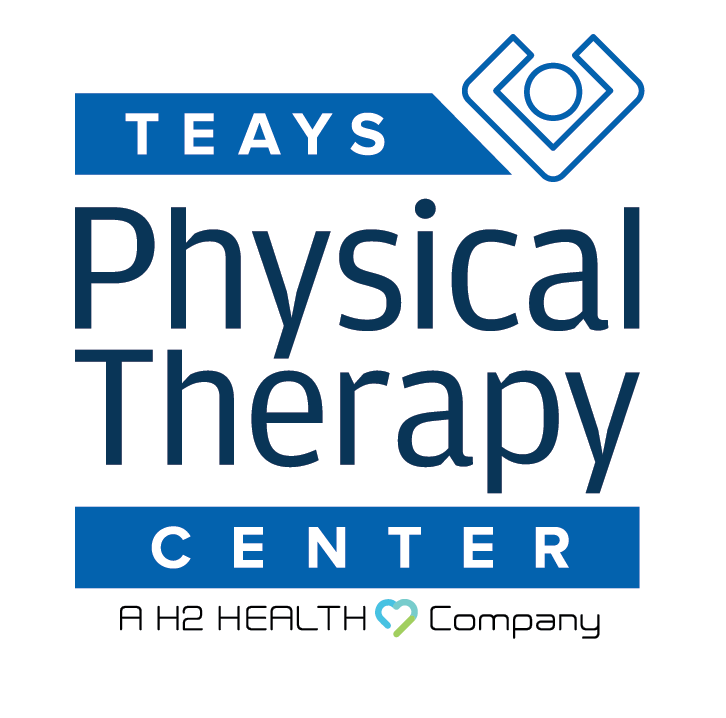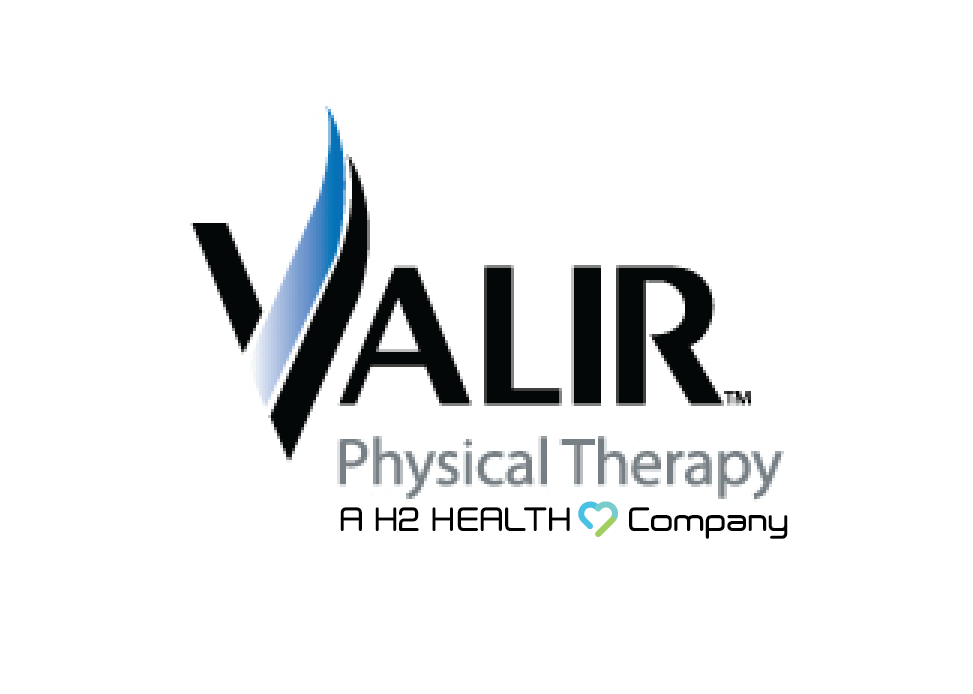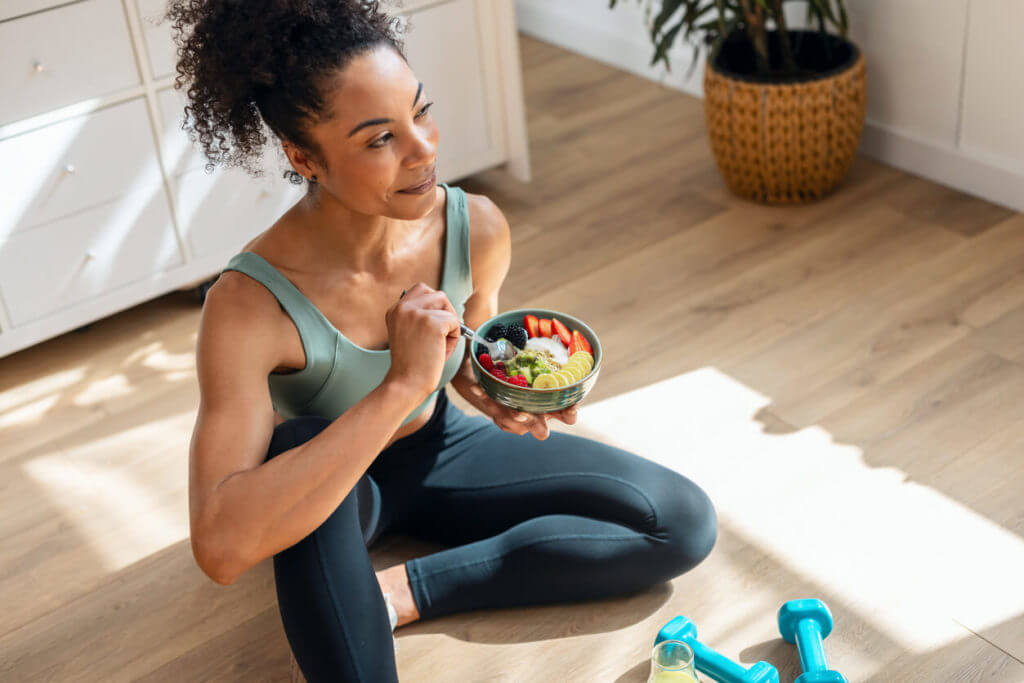
Choosing the right foods to eat can make a big difference for people recovering from injuries. The same could be said for those who want to improve their physical abilities or aim for long-term health. It is important to understand how nutrition and physical health work together.
Certified physical therapists often explain that nutrition is an integral part of therapy programs. Whether healing from an injury or trying to avoid one, your diet can help or slow down your progress. In this article, we will share nutrition tips to help your overall physical health.
The Intersection of Nutrition and Physical Therapy
Nutrition and physical therapy are closely linked. When the body gets the proper nutrients, it heals faster, becomes stronger, and has more energy. Good nutrition helps repair tissues and lowers inflammation. It also boosts energy for people in therapy or staying active. However, not eating the right foods can slow down healing and make injuries more likely. This is why combining good nutrition with physical therapy is so important.
Nutrition Tips for Great Physical Health
Here are key recommendations to follow:
1. Prioritize Anti-Inflammatory Foods
Inflammation is a normal response to injury. However, chronic inflammation can slow the recovery process and cause unnecessary discomfort. Focus on including anti-inflammatory foods in your meals.
Eat Plenty of Omega-3 Fatty Acids
Foods like salmon, walnuts, chia seeds, and flaxseeds are excellent sources. These help reduce inflammation naturally.
Choose Brightly Colored Vegetables
Spinach, kale, broccoli, and bell peppers are packed with antioxidants. They support healing and reduce inflammation.
Spices Make a Difference
Turmeric and ginger are known for their natural anti-inflammatory properties. Add them to soups, teas, or stir-fries.
2. Consistently Hydrate Your Body
Proper hydration is often overlooked, but it is a critical component of good nutrition. Water is key in maintaining joint lubrication, muscle recovery, and overall cellular function.
Aim for 8-10 glasses of water per day to ensure your body has enough fluid for healing and energy. Add lemon, cucumber, or mint to your water to make hydration more enjoyable. If you feel fatigued or experience dry skin, increase your water intake.
3. Get Plenty of High-Quality Protein
Protein helps repair and build tissues, especially during physical recovery. Ensuring sufficient protein intake is essential for recovering from injuries or building muscle strength.
Choose lean protein and incorporate chicken, fish, turkey, and tofu into your meals. Eggs, Greek yogurt, or even a handful of nuts make great snacks packed with protein. Rather than consuming it all at once, have moderate protein portions with each meal to improve absorption.
4. Remember Whole Grains for Energy
Carbohydrates are the body’s primary energy source. Opt for whole grains that release energy slowly to ensure stamina throughout the day and during rehabilitation exercises. Some excellent whole-grain foods are:
- Brown rice
- Quinoa
- Oats
- Whole wheat baked goods
Avoid refined grains as they can spike blood sugar levels, which may be counterproductive to sustained energy.
5. Do Not Forget Calcium and Vitamin D
Bone health depends heavily on calcium and vitamin D. These nutrients are also essential for recovering from bone injuries and strengthening the skeletal framework. You can get your vitamin D by standing in sunlight. Alternatively, fatty fish and some fortified foods, like cereal, can also contain the amount of vitamin D you need.
Meanwhile, some great sources of calcium are:
- Almonds
- Kale
- Broccoli
- Milk
- Cheese
6. Eat Regular, Balanced Meals
Skipping meals or choosing quick, unhealthy options can derail your health goals. Stick to regular meals that are balanced with carbohydrates, protein, and healthy fats.
Balancing your meals means portioning what you eat. That means around half of your plate should contain vegetables. The other half is best split equally between lean protein and whole grains. It is also healthier to eat meals throughout the day. Skipping breakfast or lunch often leads to overeating during dinner, so keep mealtimes consistent for better energy levels.
7. Limit Processed Foods
Processed foods are often high in sodium, preservatives, and unhealthy fats. These can slow recovery and increase inflammation in the body. Read labels carefully, and opt for items with fewer ingredients, as these often indicate less processing. If you can, preparing and cooking meals with fresh ingredients is one of the healthiest options.
8. Listen to Your Body
Your body often provides clues about its nutritional needs. Pay attention to how you feel after certain foods and adjust your diet accordingly. This can provide deeper insight into what works best for you. If you experience fatigue, increased discomfort, or energy dips, reassess your meals.
9. Community Support and Moderation
Making better nutrition decisions does not mean giving up everything you love. Instead, focus on moderation and involve loved ones in the process to make it enjoyable. Take small steps – begin with one or two changes and gradually grow from there. Local farmers’ markets and food co-ops can be fun places to explore for inspiring fresh meal ideas.
Certified Physical Therapist in Midlothian, VA
Nutrition and physical therapy work well together. Eating nutrient-rich foods helps the body heal and perform at its best. Following these simple tips can lead to more energy and fewer injuries. Are you looking for the best certified physical therapist in Midlothian, VA? For expert help and personalized care, Virginia Center for Spine & Sports Therapy is here to support you.
Call us at (800) 699-9395 or request a consultation to learn more. We also offer complimentary balance and injury screenings to better assess your therapy needs. We are here if you need physical therapy for neck pain or knee problems, effective rotator cuff physical therapy, or other concerns.
We look forward to serving you!
Sources:
https://my.clevelandclinic.org/health/treatments/medical-nutrition-therapy-mnt
